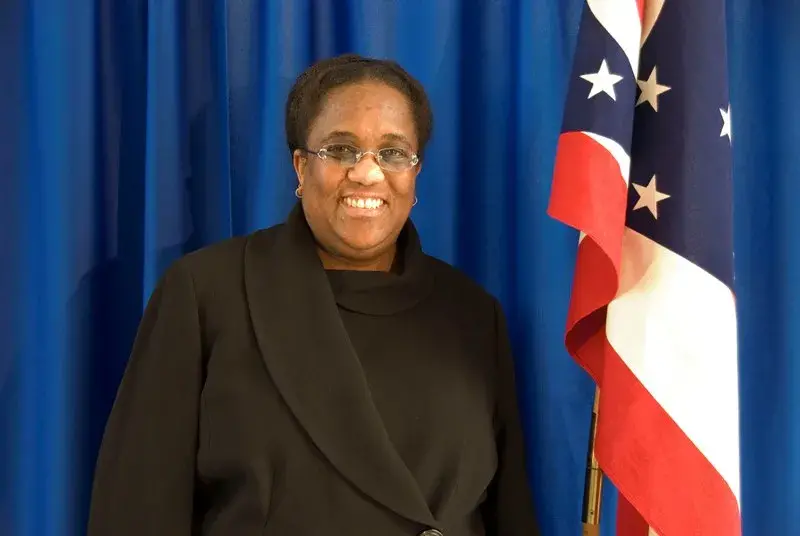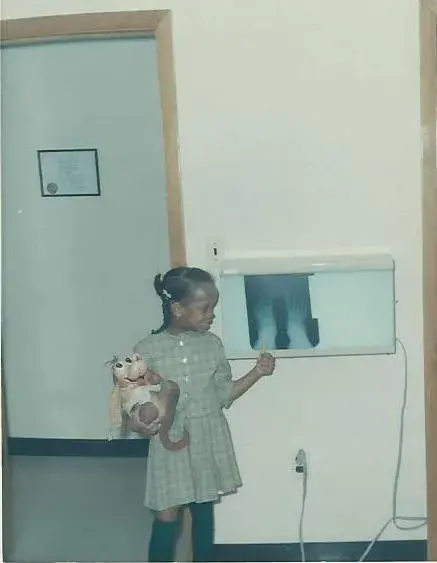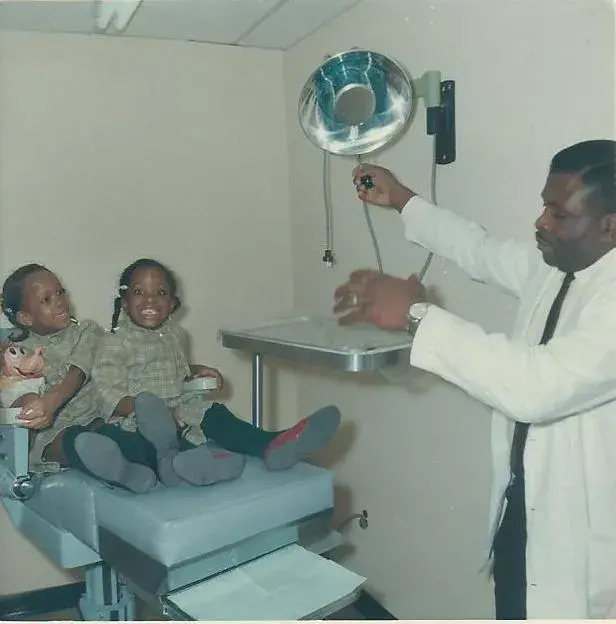The U.S. Department of Homeland Security (DHS) Science and Technology Directorate’s (S&T) First Responders Group (FRG) relies on experienced emergency response and preparedness professionals to guide its research and development efforts. The First Responder Resource Group (FRRG) fills that role. An all-volunteer working group, the FRRG helps S&T maintain focus on the top-priority needs of responders in the field. This series highlights several FRRG members, offering a glimpse into their daily responsibilities, as well as their ongoing support of S&T technology development.
 Carol A. Cunningham, M.D., State Medical Director, Ohio Department of Public Safety, Division of Emergency Medical Services; Board certified emergency physician, Akron General Medical Center; and Assistant Professor of Emergency Medicine, Northeast Ohio Medical University
Carol A. Cunningham, M.D., State Medical Director, Ohio Department of Public Safety, Division of Emergency Medical Services; Board certified emergency physician, Akron General Medical Center; and Assistant Professor of Emergency Medicine, Northeast Ohio Medical University
“I am a firm believer in lifelong education.”
Dr. Carol Cunningham has taken every opportunity to teach, learn and further her education, and has received a multitude of degrees, licensures and certifications throughout her medical career.
After initially earning a bachelor degree at Case Western Reserve University in 1982, she received her medical degree at the University of Cincinnati in 1986.
“I became involved in EMS during my emergency medicine residency while providing my service as a medical director for the Madeira/Indian Hills Fire Department. I was also intrigued and impressed by the lifesaving care that could be expediently delivered to patients during my seven years as a flight physician (four years at University of Cincinnati Hospital and three years with the Metro Health Medical Center in Cleveland).” In this role she conducted acute medical assessments and performed critical care and trauma management of pediatric, medical, surgical and obstetrical patients.
She has been an Advanced Cardiac Life Support Instructor since 1988. She completed a residency in emergency medicine at the University of Cincinnati in 1990 and became board certified in emergency medicine in 1991. She has been a Pediatric Advanced Life Support Instructor since 1994 and a Basic Trauma Life Support Advanced Instructor since 1996. She has been a Fellow, with the American College of Emergency Physicians (FACEP) since 1993 and a Fellow, with American Academy of Emergency Medicine (FAAEM) since1994.
Specific to Emergency Medical Services (EMS), Dr. Cunningham completed the National Association of EMS Physicians’ EMS Medical Director course in 1995 and the U.S. Department of Justice’s Emergency Medical Technician Tactical Medical Director course in 2001. She completed the National Preparedness Leadership Initiative at the Harvard Kennedy School and the Department of Homeland Security’s Executive Leadership Program at the Center for Homeland Defense and Security in 2011.
While she was serving as the EMS medical director for multiple northeast Ohio EMS agencies in Lake County, the state medical director position at the Ohio Department of Public Safety, Division of EMS unexpectedly became available.
“After much contemplation, I thought that this would be a wonderful opportunity for me to be able to engage in an avenue of public service that could potentially expand and improve the prehospital care delivery to a large number of people. It would also provide engaged and dedicated support to EMS agencies across Ohio.”
She applied for the position and was appointed in July 2004.
“I currently work in a free-standing emergency department where I am the only physician on duty. My training and previous years of experience makes me more comfortable in this practice setting compared to other physicians who require back-up support and resources immediately available.”
On her influences to pursue EMS as a career
 “Truthfully, my greatest influence was my father.” She said he had a strong belief that, with a firm foundation of education and a commitment to public service and to our nation, one could grasp every opportunity and achieve every dream with hard work and fortitude.
“Truthfully, my greatest influence was my father.” She said he had a strong belief that, with a firm foundation of education and a commitment to public service and to our nation, one could grasp every opportunity and achieve every dream with hard work and fortitude.
“He raised me with the goal of being happy, independent, and self-sufficient without regard to race or gender. He taught me how to paint our home when I was four-years old and how to change the oil in his car when I was seven. In the same manner, he taught me how to ballroom dance in the most beautiful evening gown like royalty and to be a respectable lady. The one thing that he refused to teach me was how to think or say ‘I can’t.’”
“Dr. Emmett Cunningham, my godfather and favorite uncle, was also a big influence in my life and he was my lifetime advisor,” she said. He was career military (Army), and following completion of his medical training, was on staff at the Louis Stokes Cleveland VA Medical Center until he retired.
The photos of her as a child, highlight the day her uncle took an x-ray of a toy dog’s lungs, taught her how to review it, and how to treat the dog with penicillin.
On being a female first responder
 “When I started my residency in emergency medicine, not only was emergency medicine a male dominated field, it had only been formally recognized as a medical specialty by the American Board of Medical Specialties in 1979,” Cunningham explained. “In fact, I had to firmly stand my ground with the dean’s office when I requested to do an elective in emergency medicine as a medical student because women were uniformly being steered toward the medical specialties of family practice, obstetrics and gynecology, pediatrics, or internal medicine.” When she first became involved in EMS, board certified female emergency physicians were rare, and female EMS medical directors were few and far between.
“When I started my residency in emergency medicine, not only was emergency medicine a male dominated field, it had only been formally recognized as a medical specialty by the American Board of Medical Specialties in 1979,” Cunningham explained. “In fact, I had to firmly stand my ground with the dean’s office when I requested to do an elective in emergency medicine as a medical student because women were uniformly being steered toward the medical specialties of family practice, obstetrics and gynecology, pediatrics, or internal medicine.” When she first became involved in EMS, board certified female emergency physicians were rare, and female EMS medical directors were few and far between.
“I would think that any woman of my age has seen her share of gender-related challenges during her career. However, I always retain my focus solely on the patient and what is the best care that can be provided. Any negativity that does not adversely affect patient care just rolls off my back. Any negativity that adversely affects patient care, or has the potential to do so, is immediately and aggressively addressed.”
Cunningham explained that with more women in the field of EMS and emergency medicine, these negative events occur much less frequently than they did in the past.
“In my early years as a flight physician, the transferring physician would often give reports to my male flight nurse thinking that I was the nurse,” Cunningham recounted.” At the time when I was appointed state medical director, I was the only female state medical director in the country. I found it to be very strange to attend a national conference and be the only woman in the bathroom during the breaks.”
Overall, Dr. Cunningham believes that the increase in female responders has positively impacted patients as well as on the EMS system as a whole.
“Women can more freely display compassion toward others. I think male EMS providers are now more likely to add a human touch to the prehospital care they deliver as an indirect result of this change in the field’s employee demographics.” She continued, “To meet the needs of female EMS providers with families, I believe that EMS agencies have created employment policies and procedures that allow maternity and paternity leave in addition to providing support to the family structure for both men and women.”
On collaborating with peers
Cunningham’s work with the state EMS office affords her many opportunities to network with Ohio EMS providers and stakeholders, as well as healthcare system partners at the local, state, national and federal levels.
“In my role, I want to ensure that every voice in Ohio’s EMS community can be heard, and I want to serve as an instrument of positive, proactive and progressive change for our EMS system.”
She notes that collaboration removes blinders everyone inherently wears from their daily workplace practices and forces folks to view perspectives globally and to think about solutions without preset boundaries. “Collaboration is crucial because no one human being knows or has experienced everything. What works for one EMS, healthcare or emergency response system may be non-operational or incapacitating for another system.”
Another key benefit of collaboration is that it can provide a form of mentorship, as she wrote in a February 2008 article published by the Journal of Emergency Medical Services. “I have always been a huge advocate of mentorship,” she said, “as it is the only way to secure a foundation for the future and to continue on a contemporary path of advancement.”
In her deeply personal article, she advocates for starting EMS education early, participating in school career days, and encouraging students to partner with their local response agencies. The article continues to be referenced as required reading for leadership development.
On becoming a FRRG member
A member of the DHS/Federal Emergency Management Agency National Incident Management System EMS Resource Typing and Credentialing Workgroup (now the EMS Support Team for the National Integration Center Strategic Resource Group), she was nominated by a colleague to join the FRRG in 2011.
“One of the members of the workgroup noted that I had a strong science background with some added cursory engineering courses that I completed during my undergraduate collegiate training.” That she also still ran a squad to maintain “boots on the ground” experience was an added bonus. She accepted the invitation and has served the FRRG ever since.
“Despite the knowledge that I bring, I always learn so much from the members of the FRRG with expertise that varies from my scope of practice. Everyone at the table has something valuable to contribute to the think tank of ideas. Although I receive various e-mails from the FRRG, there is no substitute for our face-to-face meetings where the dialogue is energetic, stimulating and much more in-depth than the capabilities of electronic communication.”
She highly recommends the FRRG, noting “It allows you to broaden your horizon, which has a lifelong impact.” She will be participating in the upcoming 2015 FRRG meeting.
On FRG technology development
Cunningham was consulted on several initiatives that were the result of discussions at the 2014 FRRG meeting. She has provided feedback to S&T on EMS capability gaps that will inform S&T technology development. She also continues to be a first responder subject matter expert on various topics such as self-detecting and decontaminating personal protective equipment (PPE).
As far as new technology development, she would like to see better advancement in PPE to shield and protect first responders from the dangers and hazards of their job. She also mentioned improved technology devices to provide early notification of toxins in the air and protect responders. She said it would also be helpful to have a better understanding of the long term effects of chemical exposure, as EMS cancer rates are increasing, and to find ways to better protect EMS from these potential dangers.
“My input and the input from others assisted DHS in their ability to prioritize potential projects and initiatives and to facilitate the selection of those that were most viable. I am happy and always willing to be consulted on FRG technology development in the future.”
Check back soon for additional FRRG member spotlights. For more information on how to become a member of the FRRG, contact first.responder@hq.dhs.gov.
